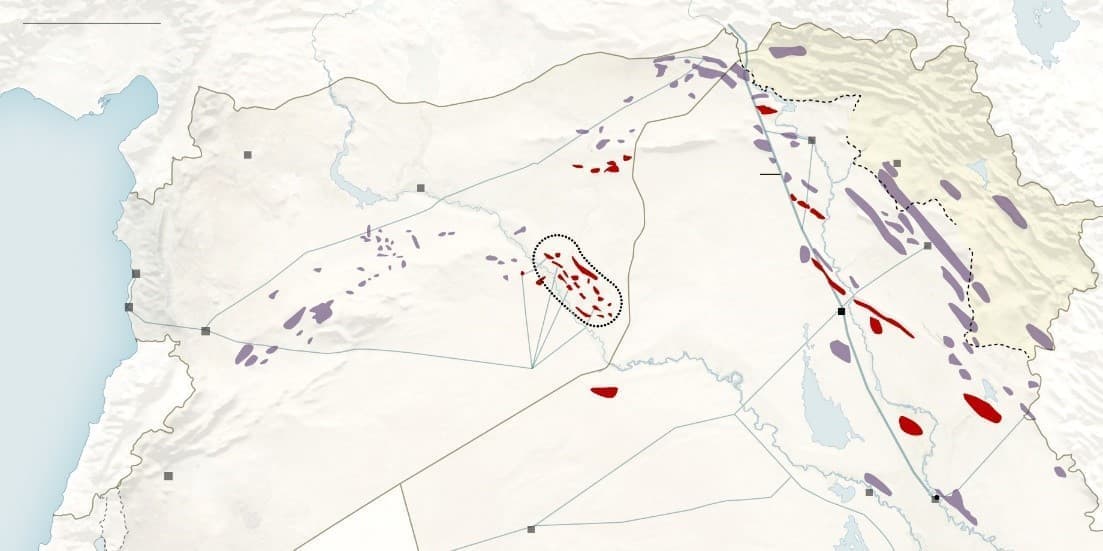The Syrian civil war is in its seventh year. The battlefield has changed multiple times together with a number of belligerents. The dynamic political and military stage has fostered numerous violent ideological and religious groups affiliated with Western and Islamic states. Each governs its own territory at the expense of the government in Damascus. However, the support and interference of two states have changed the battlefield dramatically: the Russian Federation’s assistance to the Syrian government and the United States’ to the Syrian Democratic Forces (SDF).
Until September 2015, the Syrian government forces of Bashar Al-Assad were slowly but surely losing ground to a variety of rebel groups supported by Western and Islamic states. However, Russian president Vladimir Putin’s decision to interfere in the Syrian Civil War changed the outcome. On the date of this writing, the Syrian government has increased its territory from 19,000 square kilometers to 78,000 and also achieved major victories in Aleppo, Latakia, Deir ez-Zor and Palmyra.

Red: Government, Yellow: SDF
In October 2015, the formation of the SDF was announced. This group consists mostly of Kurdish fighters from the People’s Protection Units (YPG) and Arabs with smaller contingents of Assyrian, Turkmen, and Chechen fighters. According to the Pentagon, the group consists of 40 percent Kurds and 60 percent Arabs (including other ethnic groups). However, other sources estimate the percentage of Arabs significantly less. The support of the coalition under U.S. leadership has ensured the steady flow of weapons, technical support and air support for the SDF.
Currently, the most significant fighting forces on the Syria battlefield are government forces and the SDF (together with their allies). With the downfall of Islamic State (IS), the common enemy has disappeared and a unifying force removed. This could mean a possible conflict in the future. However, on September 26, 2017, Walid Muallem, the Syrian minister of foreign affairs, announced that autonomy for the Kurdish population in the northeast is possible and negotiable. This has increased the importance of the oil and gas fields.
Related: Mexico’s Natural Gas Dilemma
One of the most sought-after prizes of the Syrian conflict is the eastern region of Deir ez-Zor due to the significant oil and gas resources, which are vital Syria’s economic future. The situation is complicated by pipeline infrastructure from the oil and gas fields to densely populated areas in western Syria and the coastal region of Latakia for export purposes. Fighting in the region has led to government forces controlling the western shores of the Euphrates and its infrastructure, while the SDF controls the eastern side, which contains most of the hydrocarbon deposits. Due to geographical, financial and security reasons, new infrastructure in directions other than the current one is not an option.

(Click to enlarge)
IS’s defeat in the oil- and gas-rich region of Syria has created opportunities for both parties and possibly a new flashpoint. In the case of the SDF, control of the oil and gas fields provides an important bargaining chip with the Syrian government in Damascus.
The support of the U.S. creates major difficulties for Damascus and its allies to confront the SDF militarily on the eastern shores of the Euphrates. However, there are other ways of increasing pressure without a direct conflict. Russia’s green light for Turkey to invade Kurdish canton Afrin has been viewed by observers as a way to decrease the leverage of the predominantly Kurdish SDF forces in any sort of negotiations with Damascus.
Once again, the Kurds have found themselves in the crossfire of great powers. Although the SDF controls most of the oil and gas wells, the highly unstable and dynamic situation in Syria creates hardship and opportunities for all parties involved.
By Vanand Meliksetian for Oilprice.com
More Top Reads From Oilprice.com:
- IEA Warns Of New Oil Glut
- Dollar Remains Strong In Spite Of Petro-Yuan Threat
- U.S. Mandates Biggest Non-Emergency Strategic Oil Selloff


















